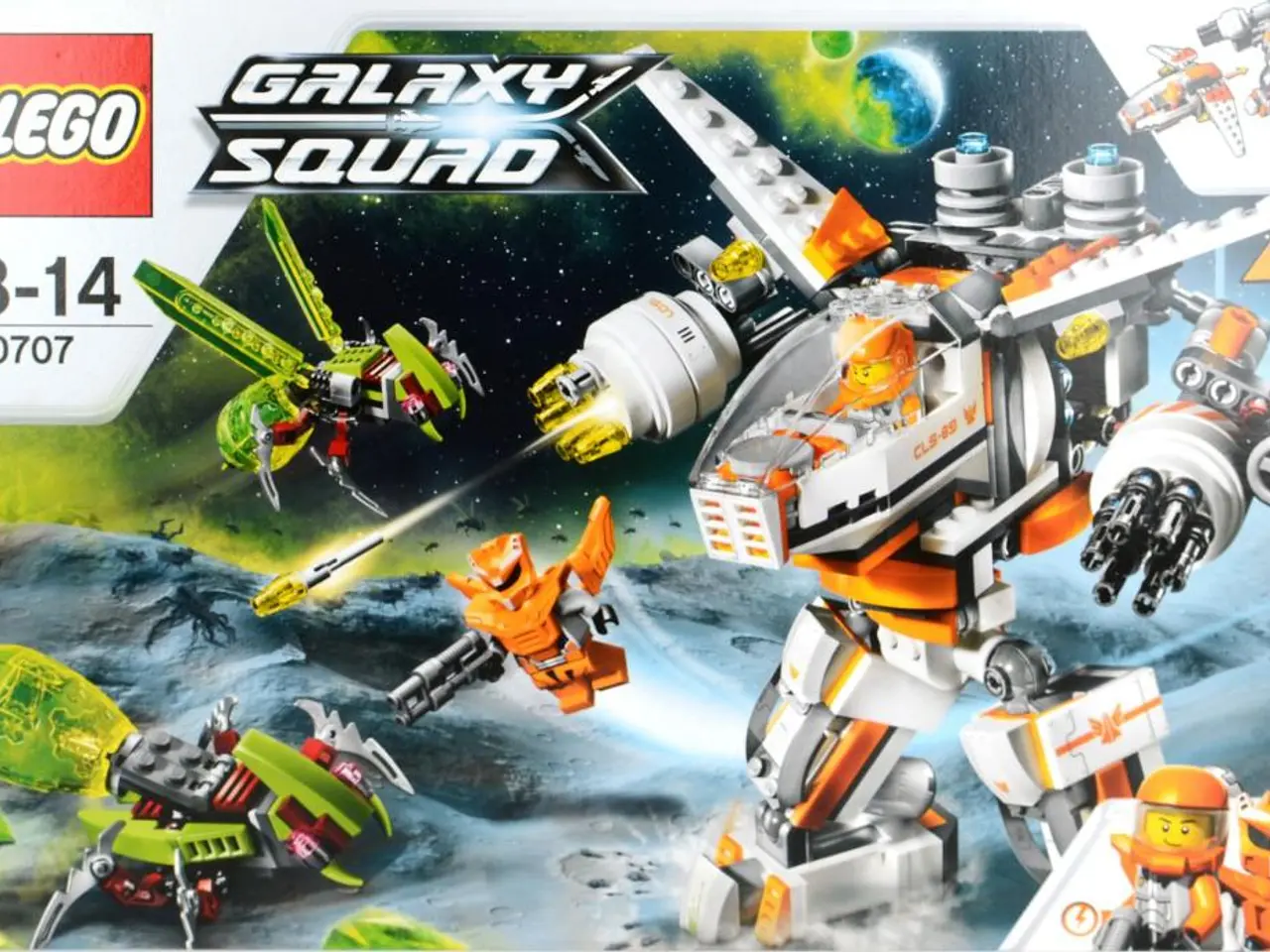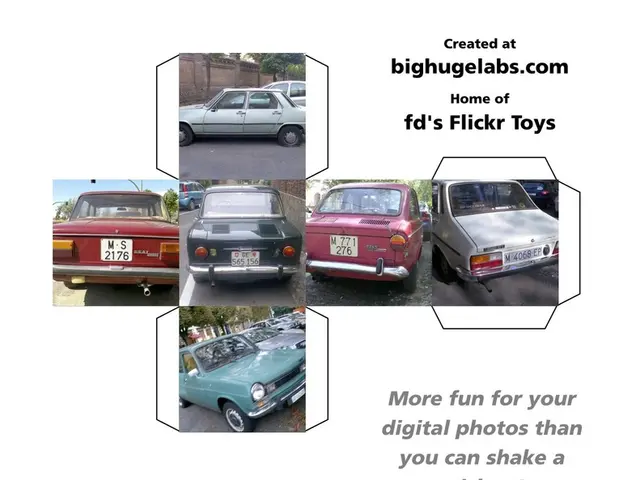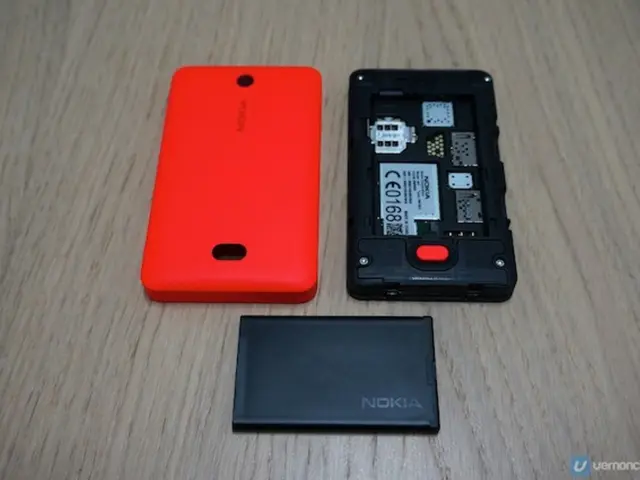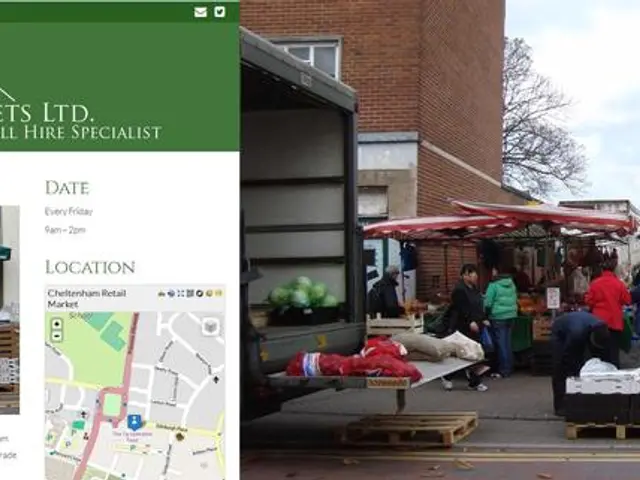Artificial Intelligence Chatbot Leaders: Data-Based Insights from the AI "Explosive Growth" Analysis
In the ever-evolving world of artificial intelligence, the race for dominance in the chatbot sector continues to heat up. The AI "Big Bang" Study 2025 by SEO agency onelittleweb.com has ranked the top 10 AI chatbots of 2025, providing valuable insights into the current landscape.
ChatGPT, a general-purpose AI model, captured nearly 46.6 billion visits, representing 48.36% of all traffic in the AI space. The model's growth keeps accelerating, with average monthly visits hitting 5 billion per month in the latest quarter. Despite its market-leading position, balancing ChatGPT with specialists like Claude and Perplexity can help ensure resilience in an AI chatbot strategy.
Gemini, Google's offering, holds the second place for annual visits with over 1.66 billion, but is ranked third overall by onelittleweb. Sujan Sark, co-founder of onelittleweb.com, suggests that this discrepancy may be due to Gemini's focus on multimodal understanding and creation, which appeals to a broader audience but potentially not as deeply as some other platforms.
Among the top 10 AI platforms, Grok is the fastest riser. Originally attracting just 51K visits, it has experienced a staggering +1,343,408% year-over-year growth, culminating in 687 million visits. Grok, with its advanced reasoning and real-time search capabilities, may offer unique features or integrations that could give organizations an edge if adopted early.
AI platforms like Claude, which are suited to environments where quality of interaction outweighs sheer scale, may be more beneficial for industries that depend on diagnostics, research, or problem-solving. Industries such as healthcare, R&D, and manufacturing and support may stand to benefit the most from tools like Claude for tasks such as symptom discussions, diagnostics, brainstorming, literature review, multi-step hypothesis testing, troubleshooting workflows, compliance checks, and knowledge retrieval.
Diversification of AI chatbots can allow companies to hedge against disruption, ensuring continuity if one tool falters or becomes less competitive. Choosing an AI chatbot is no longer just about functionality; it's about long-term reliability, engagement, and strategic alignment with your industry's needs.
The concentration of traffic among a few AI chatbots indicates both opportunity and risk for enterprises. On one hand, it suggests maturity, stability, and global adoption of ChatGPT. On the other, it hints at the potential for distinct capabilities offered by rising alternatives like Grok.
However, rapid growth doesn't always guarantee long-term staying power, as shown by DeepSeek's meteoric rise and subsequent sharp fall. Enterprises should evaluate multi-year roadmaps of providers, not just short-term adoption spikes, to ensure long-term stability.
Longer session durations, such as Claude's 16-minute and 44-second visits, show that some AI platforms not only attract attention but also retain it and deliver richer user experiences. These extended interactions indicate high engagement depth, a quality that could be a game-changer for enterprises seeking to build lasting relationships with their AI partners.
In conclusion, the AI chatbot landscape is a dynamic and intriguing space, with established leaders like ChatGPT and Gemini, and rapid risers like Claude and Grok. As enterprises navigate this landscape, they must consider not only functionality but also long-term reliability, engagement, and strategic alignment with their industry's needs.








